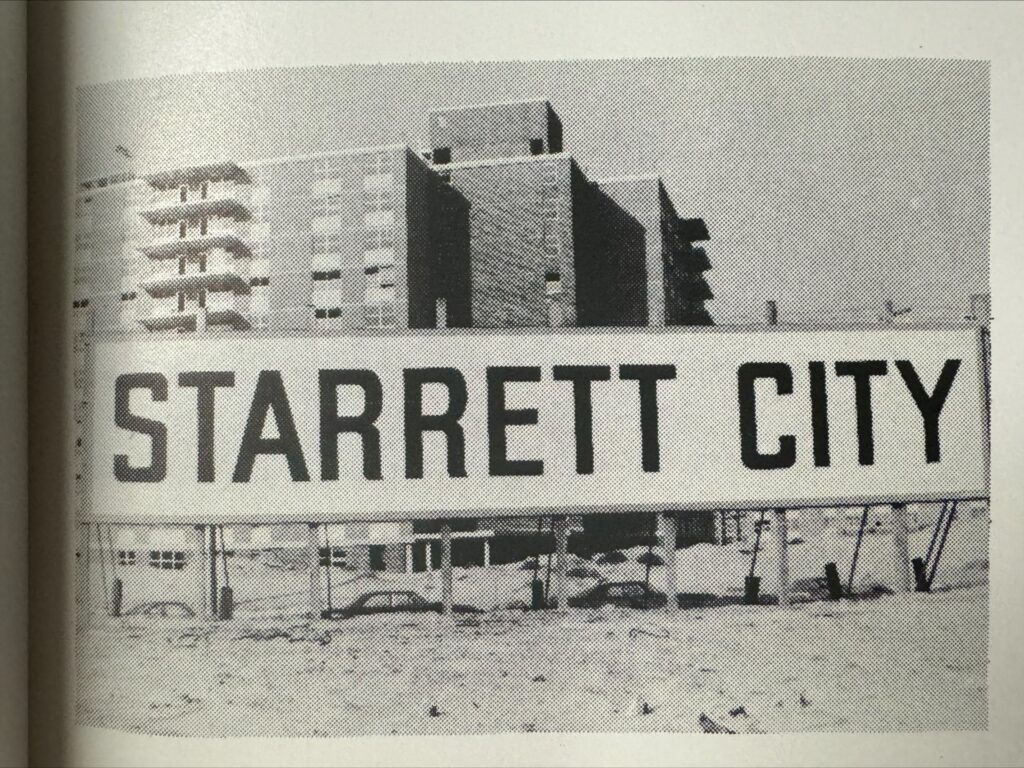
By Amanda Moses
It was the fall of 1975, and Rafaela Viera was only 27 years old when she was among the first 300 families to move into Starrett City (now known as Spring Creek Towers). She was about seven months pregnant with a little boy on the way and also had a five-year-old daughter. Together the small family had envisioned a fresh start to a wonderful life inside of the newly built residential complex.
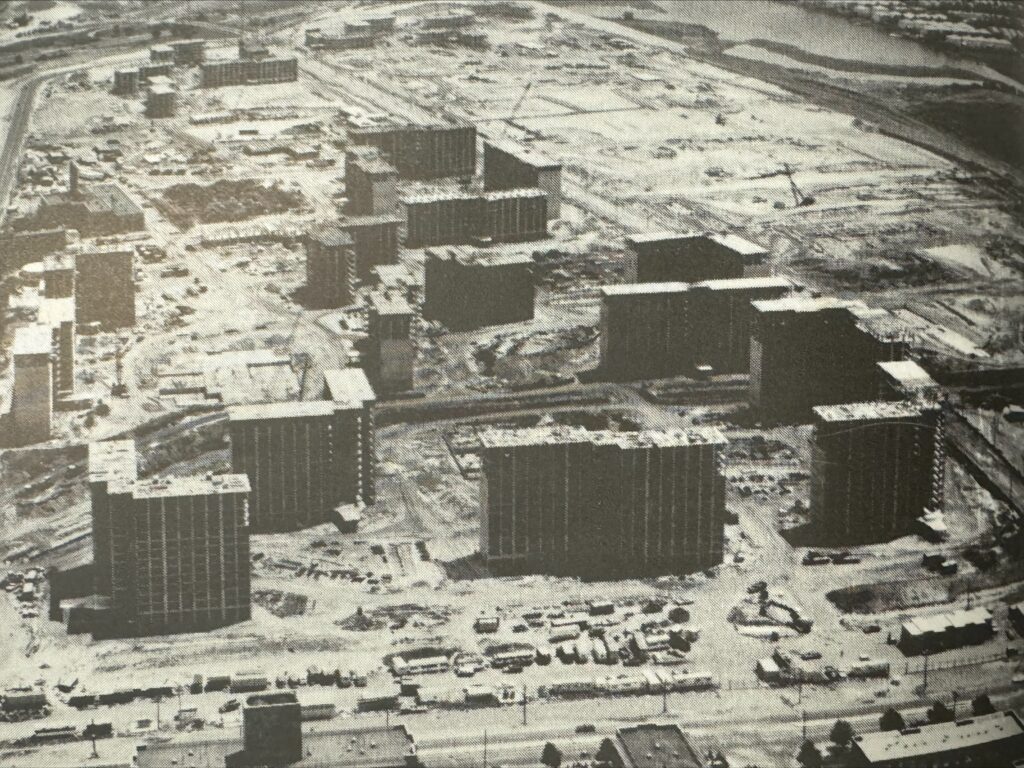
“I was 27 because that was when I gave birth to my son. He was born here. It was nice here. Even my son says it too, he had a great childhood here because they had and also the Youth Federation, football, bowling, and the kids in Starrett City always had something to do,” Viera said.
Sitting in the G Section’s Lawn, Viera looked around the winding pathways with a smile on her face as she recalled what life was like back in Starrett City.
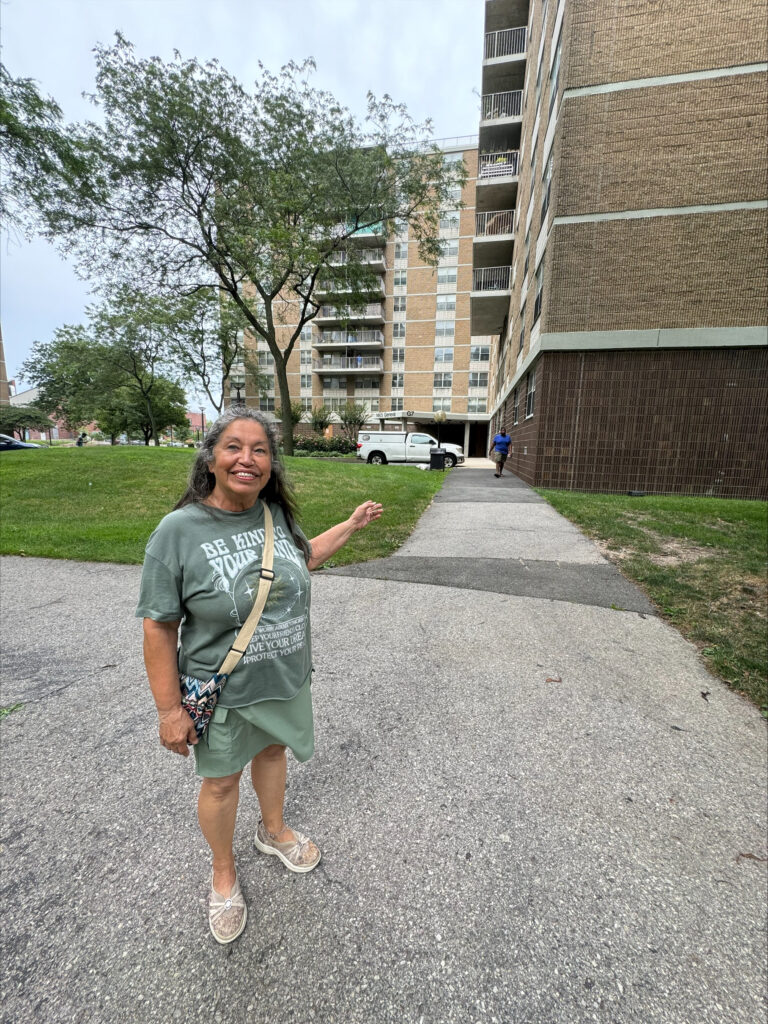
“They were still building everything. Nothing was on either side of Starrett City, there were dirt roads,” Viera recalled.
Starrett City appeared to be a new land where settlers envisioned creating a “City within a city.” The marshlands were covered in wheatgrass taller than most men in the community, and the grassland was filled with wild rabbits roaming the hills. There even were peach trees where children could climb and eat the freshly grown fruit.
“I remember seeing wild rabbits outside of G7. The kids would get so excited when they saw them,” Viera said. “Pennsylvania Avenue was just a bumping dirt road.”
Since there was no recreation center built yet (that didn’t arrive until 1978), and only a handful of the 46-buildings were actually erected and ready for residents to move into, many of the amenities were available to residents via trailer vans.
Starrett City even had a mobile rental office that was on the move until 1976, offering 3-dimensional displays of the complex along with sales brochures, preliminary rental applications and two rental agents.
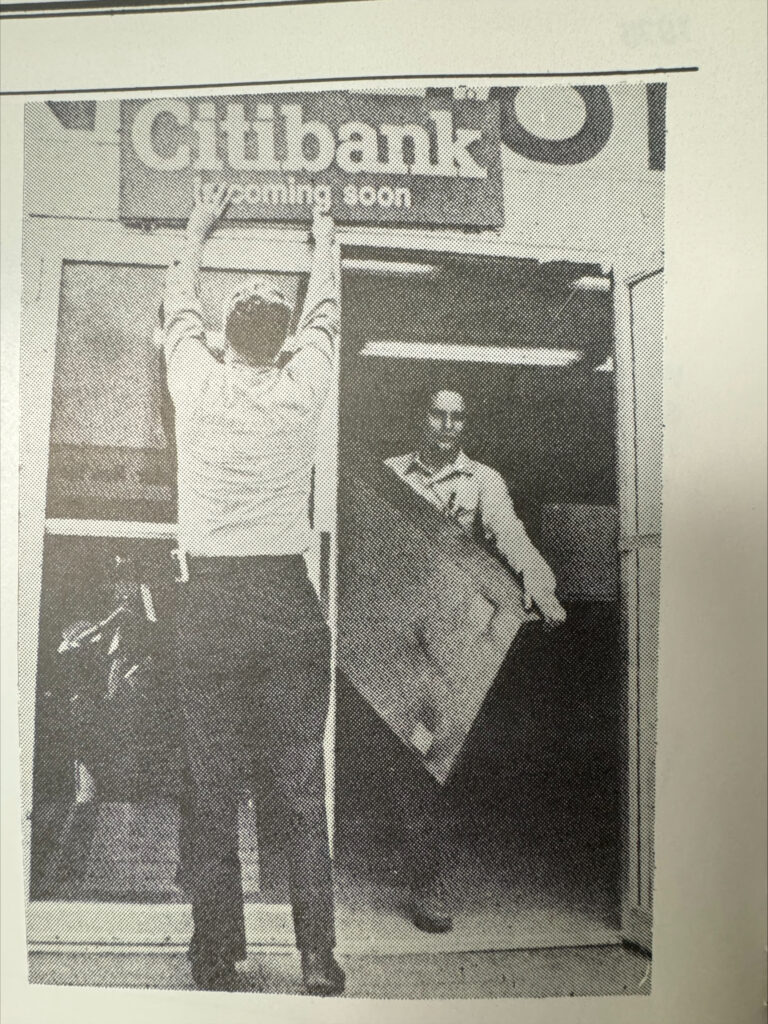
“I lived in the G Section, and in the back of the building there was a trailer for Citibank and in the buildings we had little vending machines with orange juice, milk and even cigarettes and newspapers,” Viera said.
Viera recalls entering her daughter into the local girl scouts and the garage school, which was then transformed into middle school Gateway Intermediate 364. However, at the time the garage school served as an interim classroom until Public School 346 was built in 1976.
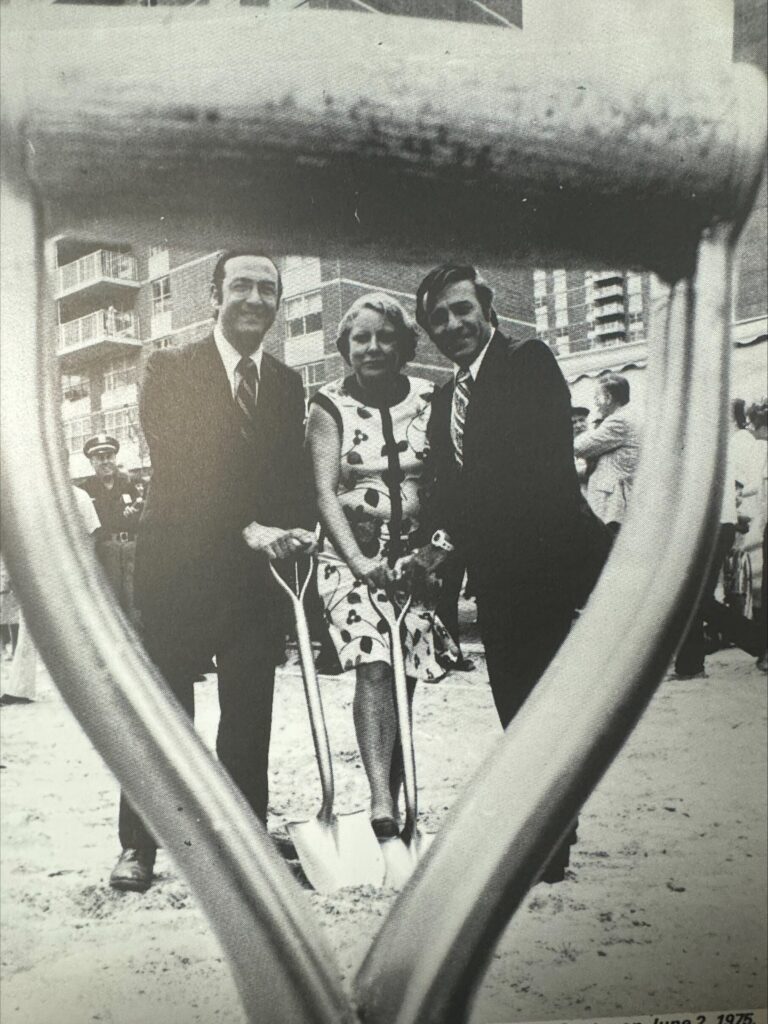
“My daughter went to the garage school, she is 55 now,” Viera said.
It wasn’t until 1977 when 70% of the apartments were rented, and the community was like a freshly sowed garden begging to bud and blossom.
With the 1977 opening of the Starrett Shopping Mall, holiday events became larger than life experiences with specially curated entertainment like a bagpipe player for Saint Patrick’s Day, an Easter Bunny for the High Holy holidays and even a carnival celebrating each anniversary of Starrett City.
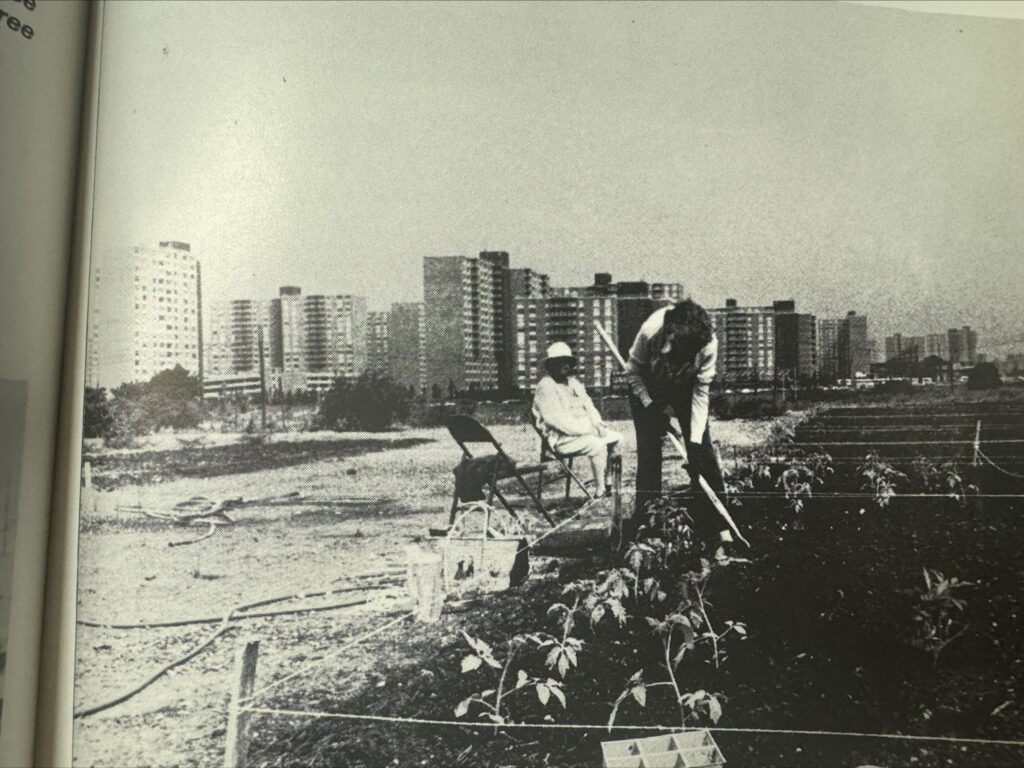
In the summer of 1977, the Starrett Seniors received a gardening grant allowing them access to a part of the Pennsylvania Avenue landfill (which was capped in the 1960s) so that they could plant squash, cantaloupes, cucumbers and other vegetables.
While over the decades the gardening access fizzled in and out of existence it wasn’t until 2011 when Spring Creek Towers partnered with the Spring Creek Recreational Fund to create a patch of land behind the F section that the garden program was revamped. Now helmed under The Opportunity Hub, the gardening program continues to blossom for community access.
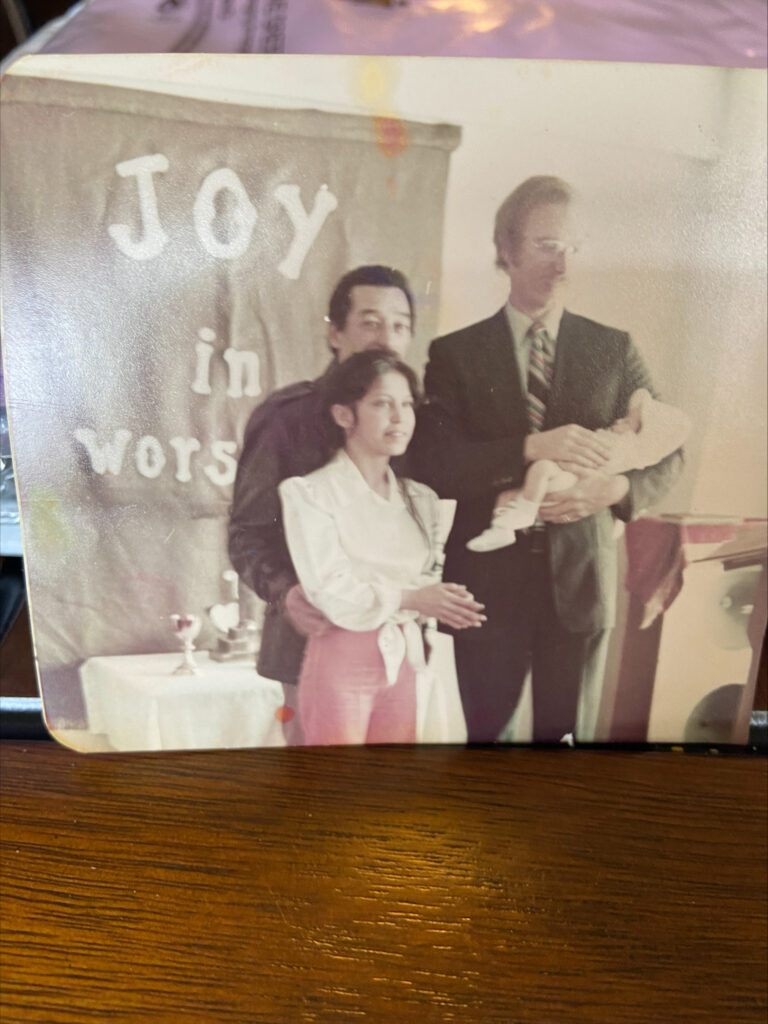
In the 1980s, Viera recalls Starrett City inviting Native Americans to hold their Powwow events where residents were immersed in traditional dance, music and art right in their backyard.
“Everybody had a little tent where indigenous people sold things. It was so nice here. Even Puerto Rican musician Tito Puente came here,” Viera said.
Viera recalls every anniversary celebration, even keeping a few mementos herself like a 10-year anniversary umbrella or a 20-year key chain.
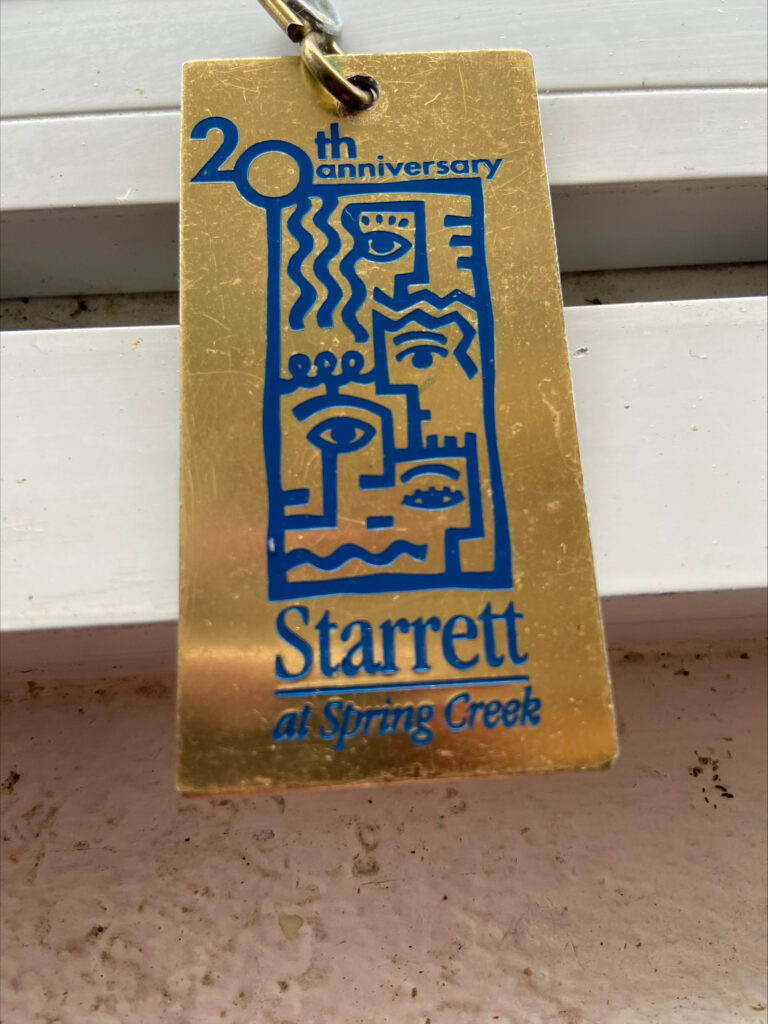
“It changed a lot but it is still nice,” Viera said.
While the world has vastly changed since 1975, Viera says that Spring Creek Towers is still a great community to live in, and she is grateful for the people she got to know along the way who helped her during good and hard times.
Viera told the Spring Creek Sun that there were breast cancer walks, relays for life to honor and bring awareness to everyone about cancer, the Youth Federation baseball, Youth Olympics, football, and so much more.
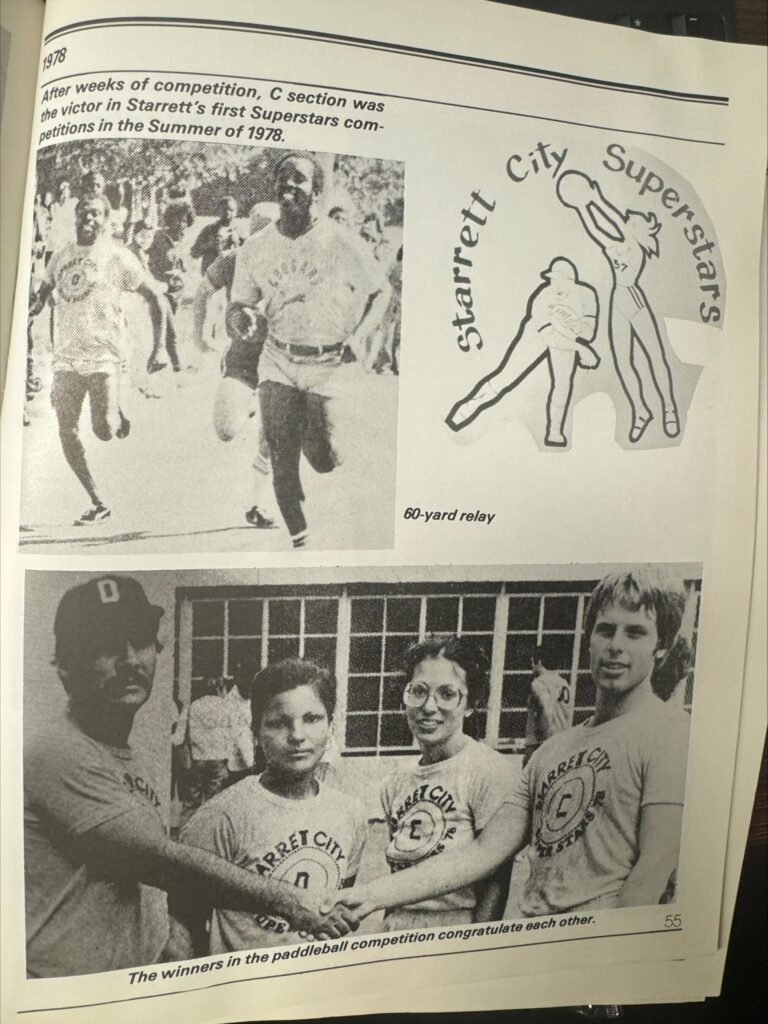
“There were a lot of organizations at that time. The Youth Federation, the Lions Club, the Kiwanis Club—that was great because they took the kids on fishing and kayaking trips, and we had the Hispanic Alliance,” Viera said.
Pointing along the G lawn’s pathway, Viera said it was surrounded in paper bags designed by herself and residents with an electric candle (luminaries)for cancer awareness.
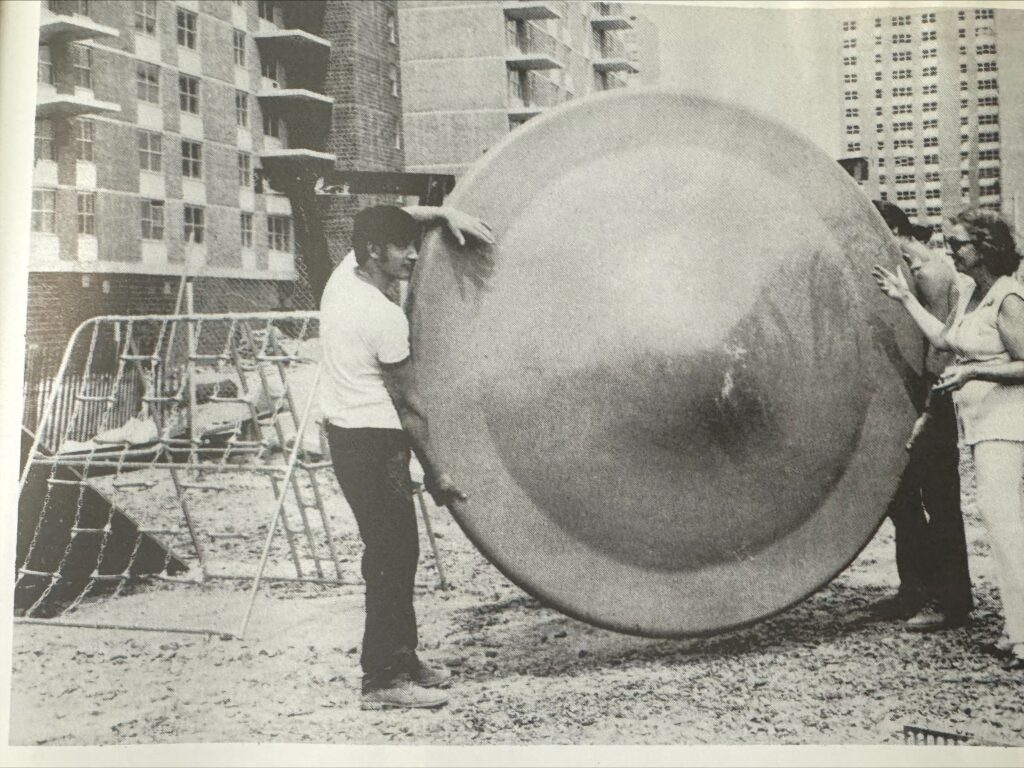
“We had the breast cancer walk in the G lawn. The girls put out a table and I made the beads and I made the bracelets and I made blank pins that said, “I stand up for” and insert the person’s name which would all go toward donations for the Lions Club for cancer,” Viera said.
“It was a beautiful time, I loved it. There have been a lot of changes but it’s still nice. It’s still better than out there,” Viera said, adding that she loves her “City within a City.”
Photos by Amanda Moses, Ralfi Viera and Starrett City archives



